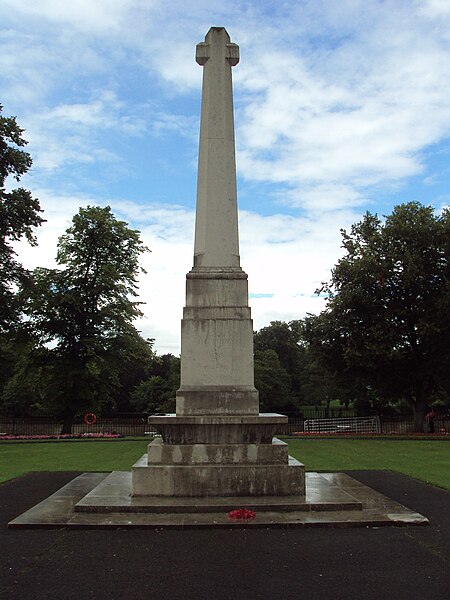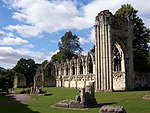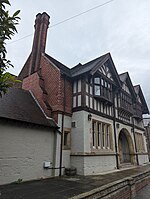York City War Memorial

The York City War Memorial is a First World War memorial designed by Sir Edwin Lutyens and located in York in the north of England. Proposals for commemorating York's war dead originated in 1919 but proved controversial. Initial discussions focused on whether a memorial should be a monument or should take on some utilitarian purpose. Several functional proposals were examined until a public meeting in January 1920 opted for a monument. The city engineer produced a cost estimate and the war memorial committee engaged Lutyens, who had recently been commissioned by the North Eastern Railway (NER) to design their own war memorial, also to be sited in York. Lutyens' first design was approved, but controversy enveloped proposals for both the city's and the NER's memorials. Members of the local community became concerned that the memorials as planned were not in keeping with York's existing architecture, especially as both were in close proximity to the ancient city walls, and that the NER's memorial would overshadow the city's. Continued public opposition forced the committee to abandon the proposed site in favour of one on Leeman Road, just outside the walls, and Lutyens submitted a new design of a War Cross and Stone of Remembrance to fit the location. This was scaled back to the cross alone due to lack of funds. Prince Albert, Duke of York (later King George VI), unveiled the memorial on 25 June 1925, six years after the memorial fund was opened. It consists of a stone cross 33 feet (10 metres) high on three stone blocks and a stone base, beneath which are two further blocks and two shallow steps. It sits in a memorial garden, with an entrance designed by Lutyens using the remaining funds for the memorial. The memorial itself is a grade II* listed building, having been upgraded when Lutyens' war memorials were designated a national collection in 2015. The piers and gate at the entrance to the garden are listed separately at grade II.
Excerpt from the Wikipedia article York City War Memorial (License: CC BY-SA 3.0, Authors, Images).York City War Memorial
Leeman Road, York Bishophill
Geographical coordinates (GPS) Address Nearby Places Show on map
Geographical coordinates (GPS)
| Latitude | Longitude |
|---|---|
| N 53.959916666667 ° | E -1.0895555555556 ° |
Address
Memorial Gardens
Leeman Road
YO1 6FZ York, Bishophill
England, United Kingdom
Open on Google Maps











